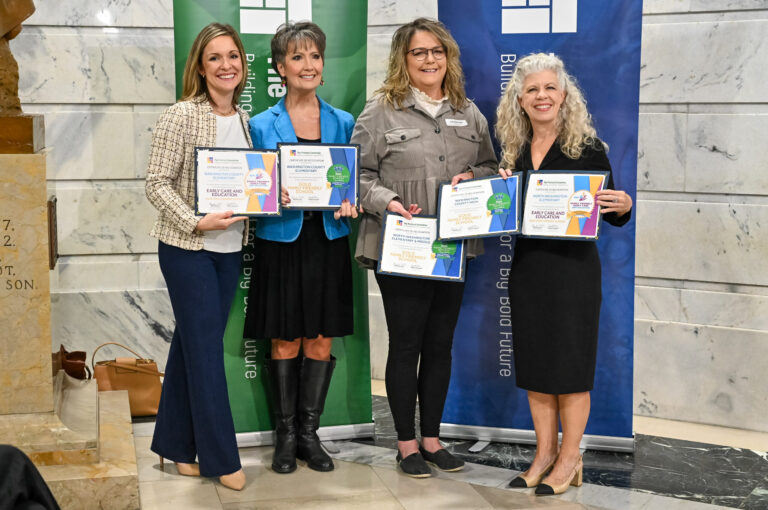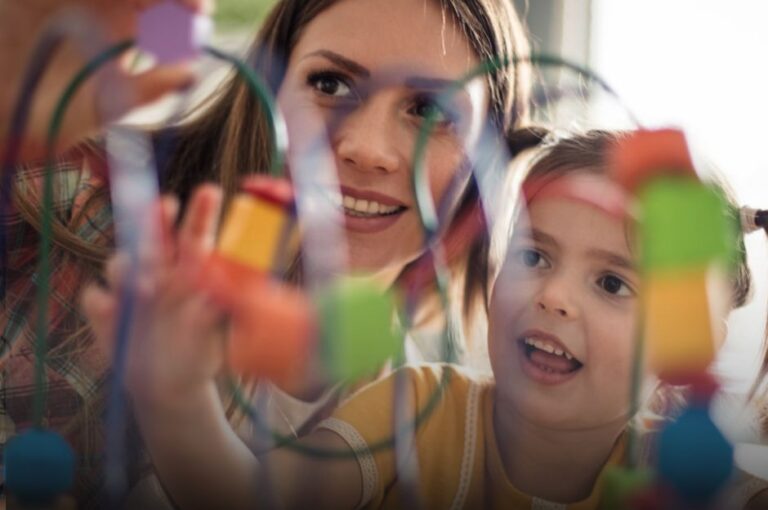Innovations in Education: Student & community input has made a difference in planning for 2020-21 school year

This week on Innovations in Education, we spoke with education leaders about the challenges schools and districts are facing preparing for the new school year amid the COVID-19 pandemic. Districts large and small have been surveying parents about their preferences and needs. Task forces have also been formed in counties and at the state level to address issues as they arise. During our discussion, all panelists agreed that high levels of community and student engagement were key in making solid plans for the upcoming school year, and that continued engagement will also be critical in ensuring a high level of learning is taking place.“As conversations and task forces continue, communities and citizens must find a way to get involved and support our students,” said Prichard Committee President & CEO Brigitte Blom Ramsey, who moderated the panel.Our panelists for this discussion included:
- Carrie Ballinger, Superintendent, Rockcastle Co. Schools
- Casey Allen, Superintendent, Ballard Co. Schools
- Janice Wyatt-Ross, Principal, Success Academy in Fayette Co. Public Schools
- Eric Kennedy, Government Affairs Director, Kentucky School Boards Association
- Stephen Pruitt, President, Southern Regional Education Board
Key TakeawaysThe majority of Kentucky’s school districts have set their start dates, implemented social distancing and other safety measures, and have offered virtual learning options to students. Some districts, such as Fayette and Jefferson, have opted to go all-virtual for the first part of the school year. Theses decisions were made based on guidance from the Kentucky Department of Education, local school boards, and local task forces, organized specifically to deal with COVID-19 related issues.“Most districts had task forces, and those memberships were very broad,” said Kennedy. “We needed teachers talking about what instruction will look like, school board members to talk about purchasing equipment, cleaning supplies and furniture. The students, however, were the most active members. It’s taking everyone to pitch in.”Rockcastle County Schools developed a task force with four teams that all have different areas of focus.“Parents, community members, and students have all been involved,” said Ballinger. “We have compiled our Rocket Relaunch plan that offers virtual and traditional options. Thirty percent of our students, about 800, have chosen the virtual option. Remaining students will be spaced out. We’re trying to be very cognizant of the fact that parents need to be at work and students need to be in school. We have to make sure safety is top priority.”Allen, said his district has been working on plans to socially distance its classrooms, which meant purchasing desks instead of tables for elementary students. It also means making its non-traditional instruction plan more robust than last year.“In Ballard County, the state of virtual education has not been robust in the past, but we have a local telephone company, that has provided 88% connectivity in the county. But that doesn’t mean a family of five isn’t using all its bandwidth. We are setting up hotspots across the county, partnering with churches. We’re also getting on board with a learning management system.”Wyatt-Ross said her school in Fayette County has been very intentional about planning lessons to accommodate students with internet access issues, and students who may be working or taking care of younger siblings while their parents work.“As we talk about planning lessons, in person or virtual, lessons need to be 10 minutes in length – mini lessons. We don’t know what kind of technology there will be in student’s homes, and sometimes instruction has to happen at 2 or 3 a.m. whenever they have the ability to access the internet.”Pruitt explained the SREB Recovery in Education Playbook, which was created based on discussions of SREB’s K-12 Education Recovery Task Force, a collaboration of educators from 16 states.“Many states of course have their own reopening plans and guidance,” Pruitt said. “We hope this is a resource that leaders and educators have been reviewing in developing their own plans. It’s a reference in case situations change, and they inevitably will, in many places.”Pruitt also said that all states, including Kentucky, must use this time to think about ways to better serve those students who “are invisible” to the system.“They were invisible before COVID – that’s why we have achievement gaps,” said Pruitt. “We have to focus on these kids and develop strategies – some deliberate plan to make sure the invisible are visible. It won’t happen by accident.”Next week, we won’t have a live event, but will be posting two conversations to our social media channels. The first will be tips on getting the most out of virtual learning, and the second will be about a study by the University of Kentucky on broadband access in all of Kentucky’s counties. We’ll be live again on Aug. 5, as our Student Voice Team talks about the results of their survey, Coping with COVID.




